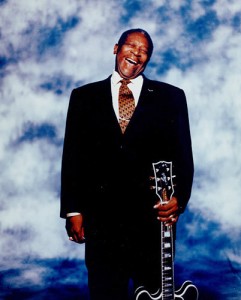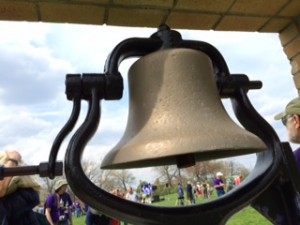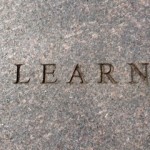If you are looking for a creative way to build meaningful relationships through networking, consider netwalking. One of my colleagues, sales and marketing expert Tammy Wise, owner of WISECHAPTER3, has created an effective way to – as she states: “grow your business without growing your waistline.”
Traditional networking usually happens when you meet up with other professional colleagues at public events like a professional association’s monthly meeting, community event or major fundraising event for a worthwhile cause. Networking often happens during leisure time as well, like attending a wedding or a mutual friend’s party or even riding on an airplane. You usually exchange business cards to stay in touch or follow up at a later date to discuss business.
What is netwalking? Combine the basic principle of networking (learning about each other’s business) with walking (yes, the kind of walking you do in a beautiful setting like a park or beach) and you have netwalking.
Results of a 2014 study by Dr. Marily Oppezzo and Daniel Schwartz of Stanford University appeared in the Journal of Experimental Psychology: Learning, Memory and Cognition. Entitled “Give Your Ideas Some Legs: The Positive Effects of Walking on Creative Thinking,” the article revealed that walking – whether on a treadmill or outdoors – unleashes deeper creative thinking and the greater flow of ideas. I must admit, some of my best thinking happens when I take a walk in the park.
I have known Tammy for 30+ years (in fact, I first met her when she was a fresh college graduate). We have spoken at conferences together, served on panels together and belonged to professional organizations together throughout the years. Yet recently we did something together that we had never done before: We met for our first netwalking session. The topic? Our businesses…our dreams, goals and action steps. It was a refreshing – and healthy – way to share important information with each other and do a little brainstorming along the way. We met on a cool Spring day at the scenic Ohio Erie & Canal National Heritage Corridor.
Here in Cuyahoga County (Ohio), Tammy features Wednesday netwalking sessions, rotating east, west and south sides as well as downtown and urban neighborhoods. Want to learn more? Visit the WISECHAPTER3 website and sign up for a Wednesday netwalking time in Cuyahoga County. What could you tackle with a colleague when you are both in creative thinking mode? How could you potentially help each other? The possibilities are endless.












